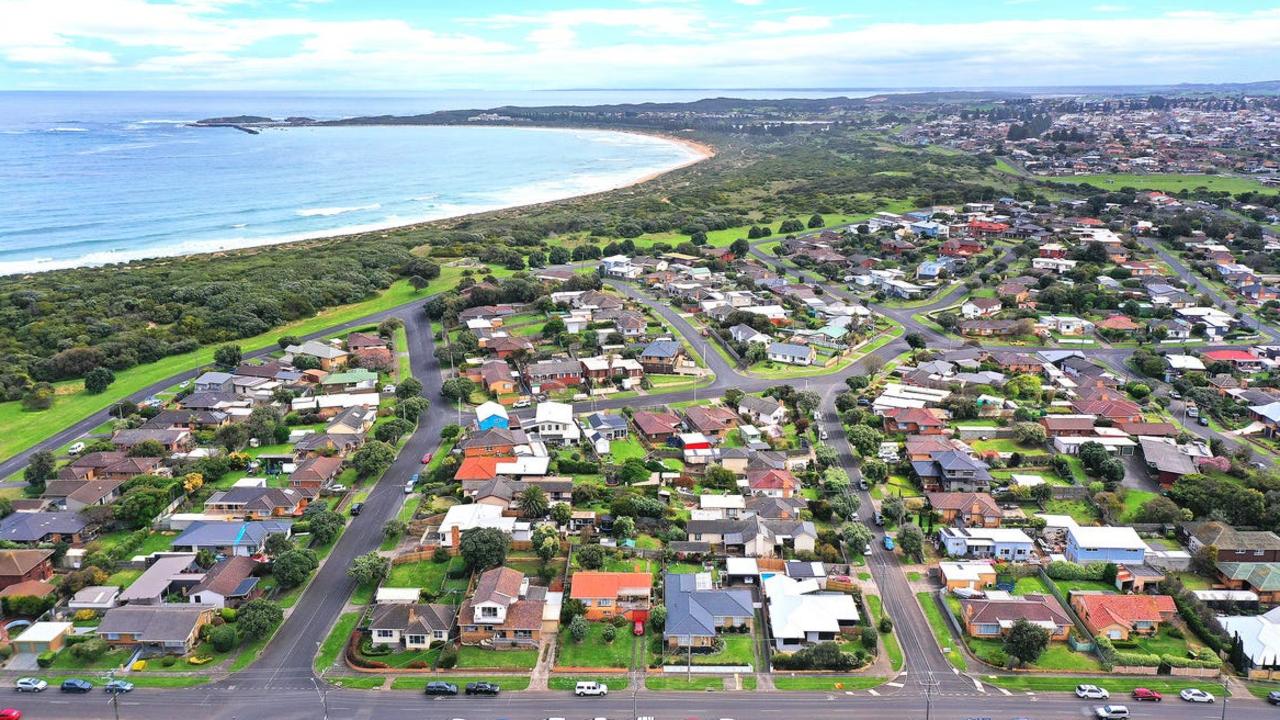1980s Coke bottles wash up on-shore of Warrnambool breakwater
More than 80kg of rubbish has been collected from a Warrnambool beach with some weird finds discovered. See the photos.
Warrnambool
Don't miss out on the headlines from Warrnambool. Followed categories will be added to My News.
More than 83kg of rubbish has been collected from the Warrnambool breakwater in just four days.
Hundreds of decades-old plastics and aluminium from more than 40 years ago have washed up on shore right before the summer season after dredging began off the coast.
The dredging, which went approximately 2m into the sand, has exposed the amount of rubbish that has been littered over the past few decades.
According to Coastal Care, roughly 70 per cent of the plastic that ends up in the ocean sinks to the ocean floor.
Numerous types of rubbish pieces were discovered, such as shredded beer cans, coke cans, margarine containers, pieces of plastic drink bottles, band-Aids, bread bag tags, old McDonald’s spoons, potato and gravy container lids, electrical tape and coal from ships.
Unusual items were also found, such as a mysterious animal skull, a hospital tag from 1985, a toy baby’s head and an ogre-looking toy.
Beach patrol leader, campaigner and educator Colleen Hughson noticed the rubbish-covered beach last week when she was dropping her dad off in Warrnambool.

She has been working hard since last Friday to tidy up the beach, and put a call out on Facebook where more volunteers assisted in the clean up on Sunday.
“This is not your average bit of rubbish, this looks really old,” Ms Hughson said.
“There’s the cleaning up, and then the sorting takes just as long.”
The majority of the rubbish collected and sorted was from the 1980s, and Ms Hughson identified brands she remembered from her childhood.
“Because they’ve sunk and been covered in metres of sand the plastic and cans stayed in a good condition,” she said.
“The ink hasn’t washed off, the labels can clearly be seen.”
The rubbish wasn’t easily collected as it was all embedded in the sand, Ms Hughson said.
“When you’ve got to find it in ten different pieces through the seaweed on the beach, it’s a whole other story,” she said.
“We want the public to know about this form of coastal litter so that they can help us monitor it, and just as importantly, help apply pressure on our government to act.”
Ms Hughson will continue to clean up the beach with the assistance of other volunteers.




